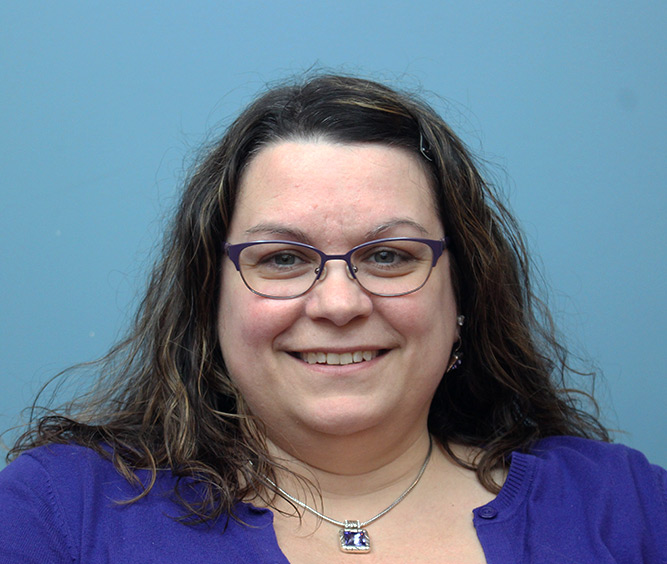NVU solidifies new class schedule
Julie Theoret
As the college gets closer to its last graduation as Johnson State College, preparations are accelerating for a new era as Northern Vermont University.
Administration, faculty and staff are working through a variety of challenges ranging from creating a shared general education program to significant changes in administrative and staff structures. Among those challenges has been creating a shared class schedule for both campuses.
While the courses offered at both campuses will remain particular to each campus, each institution is making changes to keep classes in sync. For Johnson students, time slots will remain the same with regular courses lasting an hour and 15 minutes, with a 15-minute break between each course. This change hits harder at Lyndon, where courses currently last an hour and 20 minutes with a five-minute break dividing each course.
Although the five-minute difference seems minuscule, it has been a hassle for professors with telepresence courses, such as Julie Theoret, Johnson professor and chair of the mathematics department.
“We currently have classes that are running simultaneously at Lyndon and Johnson through the telepresence classroom, and I struggled with this last semester when I was teaching a class like that, because the time blocks didn’t exactly line up,” Theoret says. “My class here went from 10 to 11:15 a.m., but at Lyndon 10 to 11:20 a.m. It was only five minutes, but by making the time blocks common, if there are going to be such courses, it’s going to be much easier because the time blocks are the same.”
The new time blocks are designed to reduce overlapping courses and standardize the start time for all courses. “What we found at both Lyndon and Johnson is that we had a number of courses that weren’t starting at a standard start time, and because of that, they were overlapping more than one standard time block,” Registrar Douglas Eastman says. “Those are the things that really create scheduling problems for students.”
However, a variety of JSC courses, including art and science labs, exceed ordinary class times and end up filling two time slots. At the moment, a typical JSC art course such as painting or ceramics fills a two hour and 15 minute window, while Lyndon features the same courses running only an hour and 20 minutes.
“I believe Lyndon is going to keep to their schedule and we made a small compromise,” said Professor and Chair of the Fine Arts Department Ken Leslie. “We are now two hours, instead of two hours and 15 minutes, so next semester we will have our courses fitting into the same blocks, except we cover two blocks — not one — but not two complete blocks.”
So far the scheduling compromise mainly affects the Lyndon campus, since Johnson’s time slots are being used. That said, one big change is coming to the Johnson campus: a change based on Lyndon’s “Common Hour” model.
“The one big, huge change is the fact that Tuesday and Thursday, 11:30 a.m. to 12:45 p.m., there will be absolutely no classes,” says Theoret. Any class previously scheduled during this time is going to be moved to allow every student and faculty free time in the middle of their day.
But what will happen to classes already scheduled in that time?
“As part of the scheduling process, we are going through now with departments. Essentially what we did was take all the course sections offered this past fall during that Common Hour block, and we put them aside,” says Eastman. “These are the courses we need to find other times for and that is something that the departments are working through right now, or did over the past couple of weeks.”
Carving out a midday opening is harder than it sounds, because the current JSC course schedule can only accommodate more classes early morning and in the evening. From 10 a.m. to 2 p.m. is known as “prime time” for classes, according to Eastman, which leaves no room for additional courses during that time.
There is not yet an assigned program or schedule for what will occur during Common Hour, but some of the faculty and staff have ideas. “We do a lot of things that would be wonderful to have land during the common hour: art openings, guest lectures, BFA critiques and so forth,” says Leslie. “We have four to five BFA critiques every semester. We could conceivably put them during that time period, unless they tend to be filled up with a whole lot of other things we don’t want our students missing.”
Theoret believes NVU’s president may give the state of the university address during Common Hour, and it could also feature Creative Audience events, lectures or opening convocation.
“I’ve heard that students have been excited to have the Common Hour because of scheduling issues among clubs,” says Eastman. “I’ve also heard some departments interested in holding workshops during that time that are difficult to coordinate because students are in many different courses throughout the day.”



